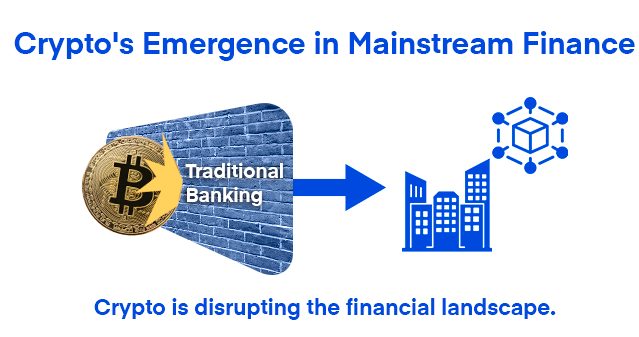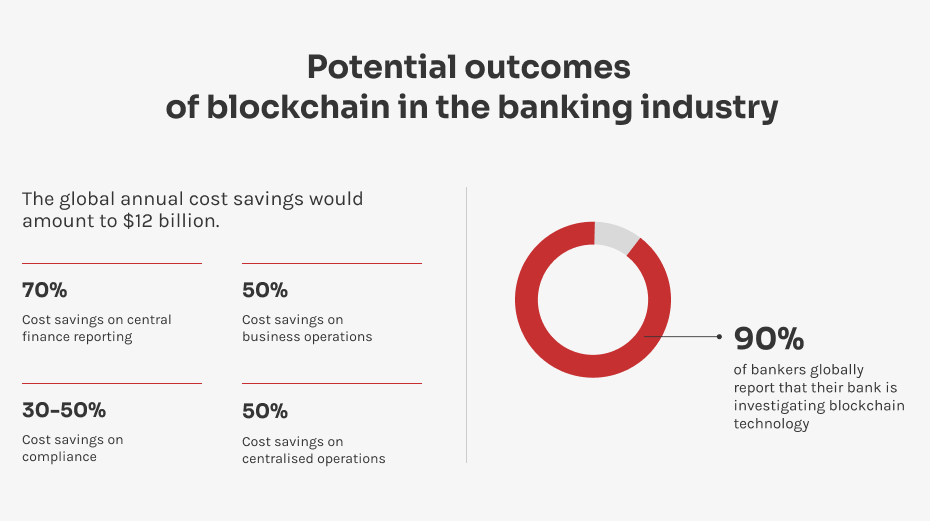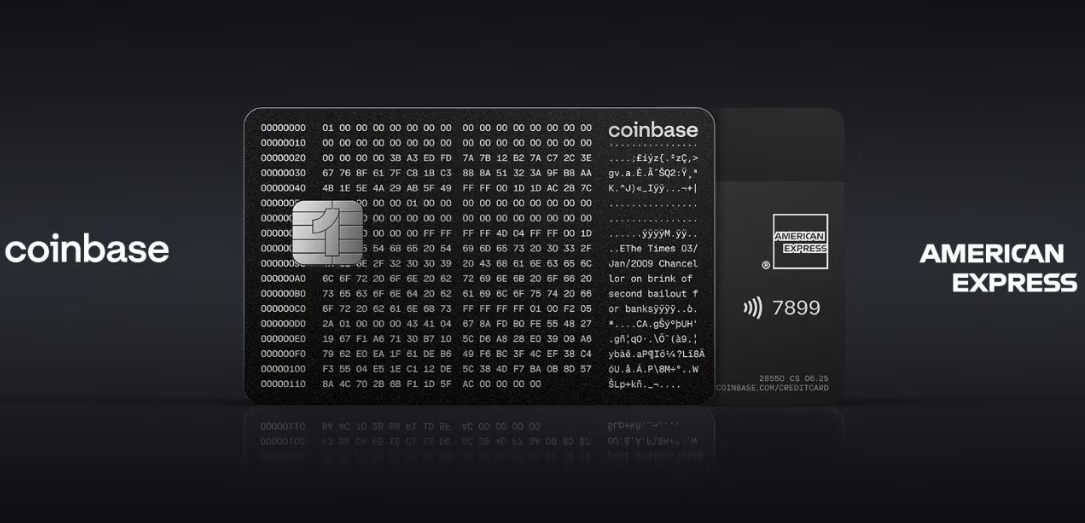American Express and the Crypto Industry: A New Benchmark for Traditional Banks

American Express (Amex), one of the largest global players in the financial industry, is taking confident steps towards integrating cryptocurrency technologies. This transition marks a significant stage in the evolution of traditional banks' attitudes towards digital assets. If previously large financial institutions treated cryptocurrencies with caution or distrust, today Amex is demonstrating an example of actively including crypto instruments in its services.
In this article, we will consider what solutions Amex is implementing, what technical challenges it faces, and what impact this may have on the entire banking sector.

Key areas of Amex crypto initiatives
American Express is primarily focused on integrating cryptocurrency payments into the familiar ecosystem of payment cards. Among the main projects:
Creating conditions for paying with cryptocurrency via a card - the client can manage digital assets, and settlements are made in fiat currencies;
· Partnership with crypto exchanges and wallets to issue joint cards and simplify crypto-fiat exchange;
· Implementation of loyalty programs with the ability to receive rewards in cryptocurrency or purchase NFTs.
· From the technical side, this requires reliable exchange gateways, integration with blockchains via API and ensuring instant conversion with minimal delays.

American Express Crypto Integration – Technical Features and Challenges
|
Aspect |
Description |
Benefits |
Challenges |
|
Crypto
Payment Support |
Enables
users to pay with cryptocurrencies via card through crypto-to-fiat conversion |
Seamless
user experience; bridges crypto and fiat |
Requires
robust real-time conversion infrastructure |
|
Partnerships |
Collaborations
with crypto exchanges and wallets for co-branded card issuance |
Expands
market reach; leverages existing crypto platforms |
Dependency
on third-party security and compliance |
|
Transaction
Speed |
Use of
off-chain scaling solutions (rollups, payment channels) to reduce latency |
Faster
transaction confirmation close to traditional payments |
Complexity
in integrating blockchain with legacy systems |
|
Compliance
and Security |
Integration
of KYC/AML procedures with blockchain transactions via advanced analytics |
Ensures
regulatory adherence; reduces fraud risk |
Balancing
privacy with regulatory demands |
|
Custody
Solutions |
Employs
third-party custodians with multi-signature wallets and cold storage |
Enhanced
security for digital assets |
Reliance
on custodial providers; potential centralization |
|
APIs
and Infrastructure |
Development
of hybrid systems linking traditional banking and blockchain networks |
Facilitates
interoperability and scalability |
Requires
continuous updates to keep pace with blockchain tech |
Technical difficulties and their solutions
Implementation of cryptocurrency products in the infrastructure of a traditional bank is not an easy task:
Transaction speed: classic payment systems work with delays of milliseconds, while blockchains confirm transactions in seconds or minutes. Amex uses off-chain solutions and scaling technologies (rollups, payment channels) to minimize delays.
Security and compliance: KYC/AML procedures must be harmoniously combined with the anonymity of the blockchain. For this, blockchain transaction analytics systems and machine learning are used to monitor suspicious activity.

Custody services: digital asset custody is often outsourced to specialized providers with multi-layered security systems, including cold wallets and multi-signatures.
These technical solutions require the development of a hybrid architecture that combines banking and blockchain systems.
Impact on cryptocurrency adoption in the banking sector
Amex’s presence in the crypto space reflects important trends:
1) Removing barriers for users: using cryptocurrency within familiar payment instruments facilitates widespread adoption.
2) Connecting fiat and crypto: instant conversions make the user experience smooth and straightforward, without the need for in-depth blockchain knowledge.
3) Focus on regulatory compliance: Amex’s strong regulatory framework shows the way for large banks to handle digital assets legally and securely.
This creates a roadmap for other banks, accelerating institutional adoption of cryptocurrencies.

Implications of Amex’s Crypto Adoption for Banking Industry
|
Area |
Impact |
Opportunities |
Potential Risks |
|
User
Adoption |
Simplifies
crypto payments via familiar card products |
Increased
mainstream crypto usage |
User
confusion over crypto/fiat conversion process |
|
Fiat-Crypto
Bridge |
Instant
conversion enables smooth user experience |
Drives
seamless integration of traditional and digital finance |
Volatility
risk during conversion delays |
|
Regulatory
Model |
Demonstrates
compliance frameworks for crypto banking |
Sets
industry standard for safe crypto operations |
Possible
regulatory changes impacting operations |
|
Competitive
Landscape |
Pressures
banks to innovate and offer crypto services |
Accelerates
digital transformation in financial sector |
Increased
competition could impact smaller banks |
|
Technology
Innovation |
Encourages
development of hybrid blockchain-finance infrastructure |
Promotes
adoption of new blockchain tech and smart contracts |
High
cost and complexity of integration |
|
Market
Infrastructure |
Spurs
growth of custody, settlement, and payment solutions supporting crypto |
Enhances
ecosystem maturity and reliability |
Dependence
on third-party providers and interoperability |
Broader implications for the industry
Amex’s moves are pushing competitors to innovate, as banks are beginning to:
Create their own digital asset platforms or partner with crypto companies;
Explore opportunities to tokenize traditional assets;
Implement blockchain technologies to streamline internal processes.
Increased involvement of large financial players can stimulate the development of a regulatory framework and infrastructure that will benefit the entire crypto market.

Conclusion
American Express, by integrating cryptocurrency solutions, is setting a new benchmark for traditional banks. This process is not just a product launch, but a paradigm shift in the perception of digital assets in the financial sector. By overcoming technical and regulatory challenges, Amex is showing that crypto integration is becoming a strategic necessity for large players.
As more banks follow suit, the boundaries between classic and decentralized finance will blur, ushering in an era of hybrid financial ecosystems.



Comments ()